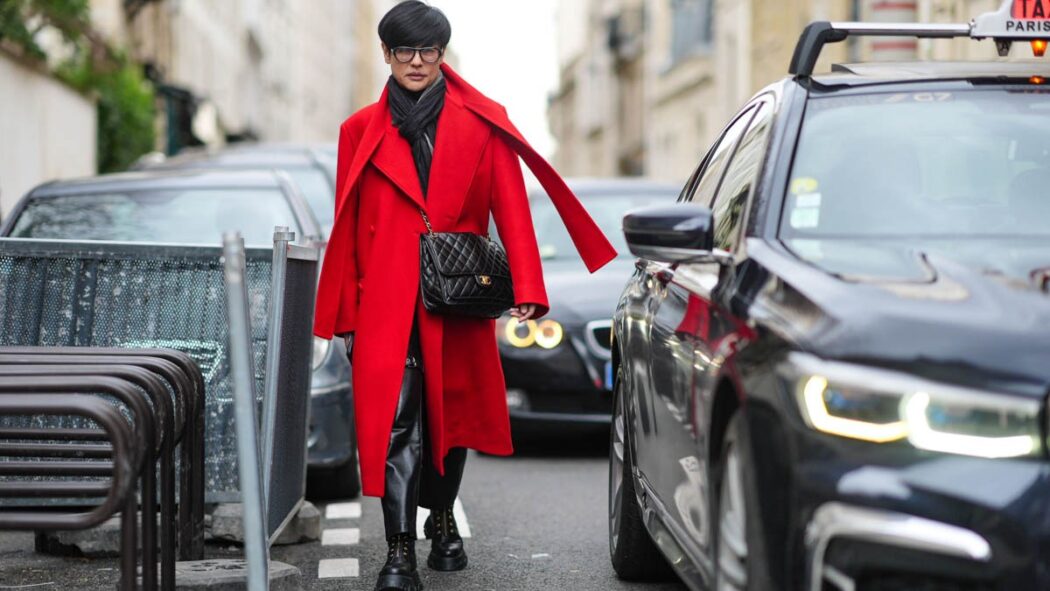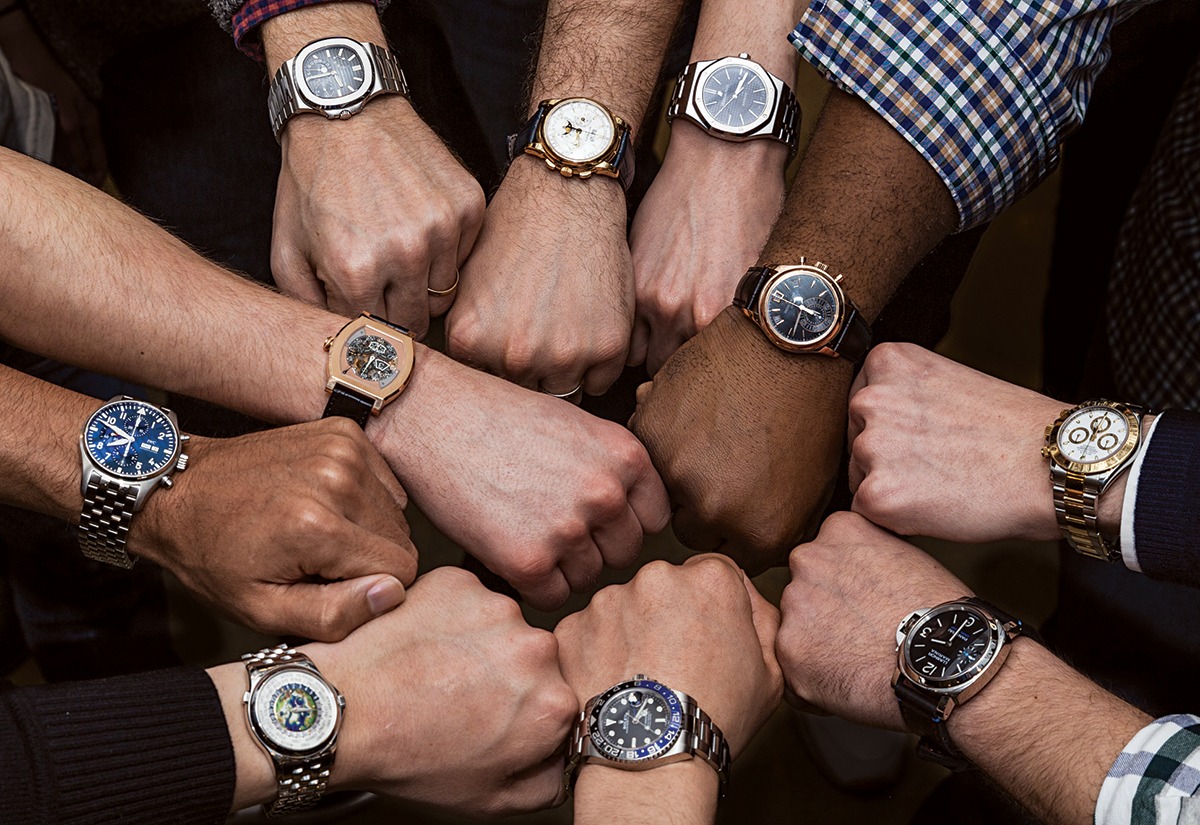The debate surrounding whether watches are fashion items or transcend fashion altogether is a topic steeped in tension, particularly influenced by gender dynamics. This complex interplay between watches, fashion, and gender yields fascinating insights into our diverse perspectives and attitudes.
Malaika Crawford, a former colleague at Hodinkee, has been instrumental in highlighting the connection between watches and fashion, sparking heated debates, particularly in Hodinkee’s comment sections. Despite encountering resistance, often tinged with sexism, Malaika’s persistence has brought the discussion to the forefront, shedding light on the intersection of fashion and watches.
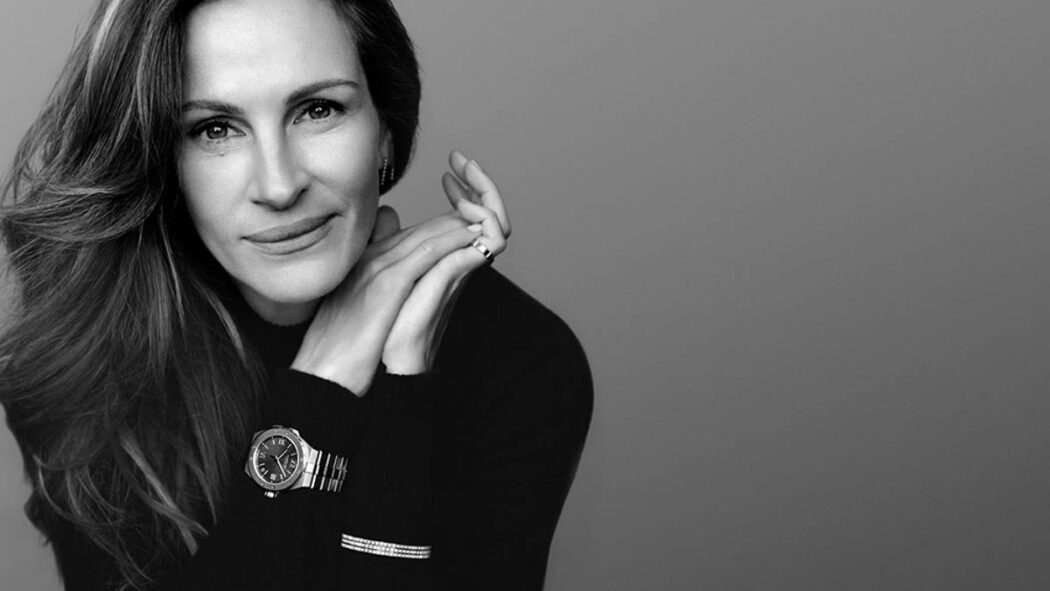
Interestingly, much of the discomfort surrounding the integration of fashion and watches seems to emanate from men. This is not surprising, considering various factors such as the rejection of fashion by some men, tendencies towards mansplaining and trolling, and discomfort with women assuming authority in the traditionally male-dominated watch space.
The watch enthusiast community has historically been characterized by a nerdy, male-dominated culture, largely indifferent to fashion. This culture has persisted, even as newer enthusiasts, predominantly male, join the scene. The resistance to acknowledging the connection between watches and fashion often reveals underlying currents of sexism and heteronormativity.
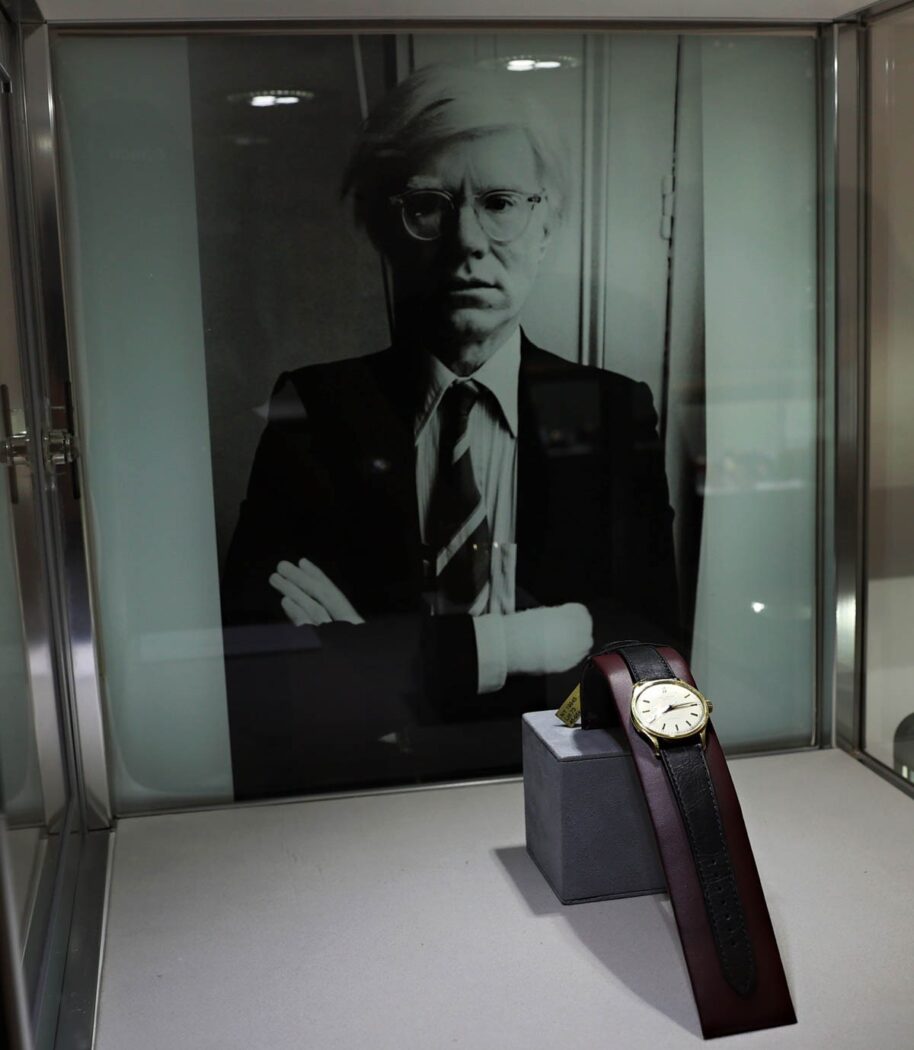
In many male-dominated enthusiast scenes, including watches, there exists a subgroup of outspoken individuals who vehemently defend traditional gender norms. While some may do so consciously, many others perpetuate these norms unconsciously, reflecting deeply ingrained societal attitudes.
Gender plays a pivotal role in shaping our perspectives on watches. Men who embrace fashion often exhibit more fluid expressions of gender, blurring traditional boundaries. Conversely, those deeply entrenched in watch-centric communities tend to resist associating watches with fashion.
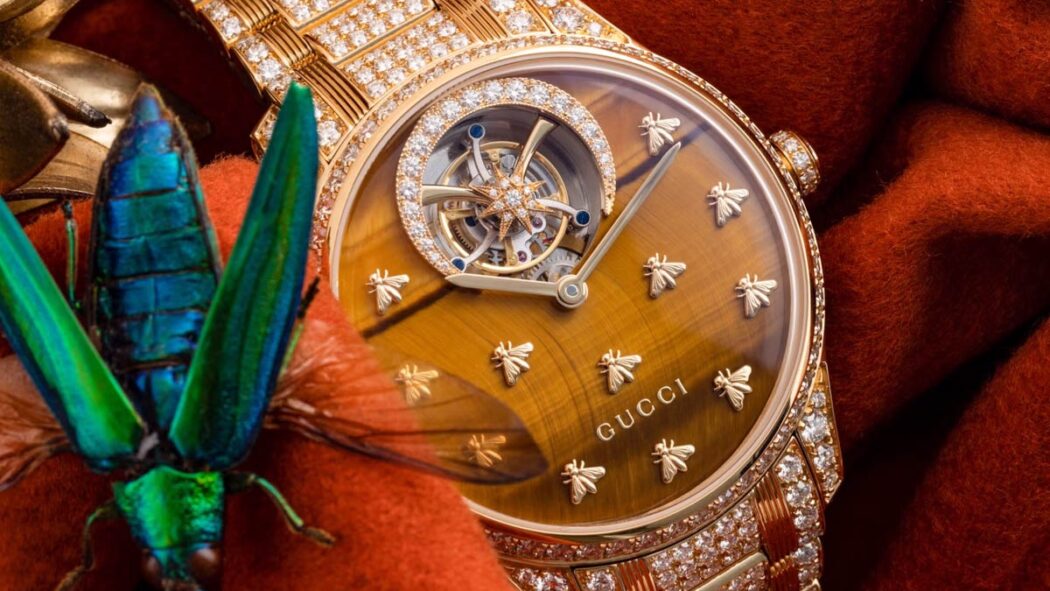
My own experiences reflect how gender influences our views on watches. As someone with a somewhat fluid gender identity, I navigate between embracing watches as fashion accessories and appreciating their mechanical intricacies. This fluidity allows me to reconcile seemingly disparate perspectives without experiencing cognitive dissonance.
However, the resistance to considering watches as fashion items stems from deeply ingrained beliefs about enduring style and quality. For many enthusiasts, watches represent timeless investments that transcend fleeting fashion trends, akin to heirloom jewelry.
The emphasis on functionality and durability in the watch community mirrors stereotypically masculine ideals. Discussions often revolve around technical specifications and mechanical prowess, reinforcing traditional gender norms.
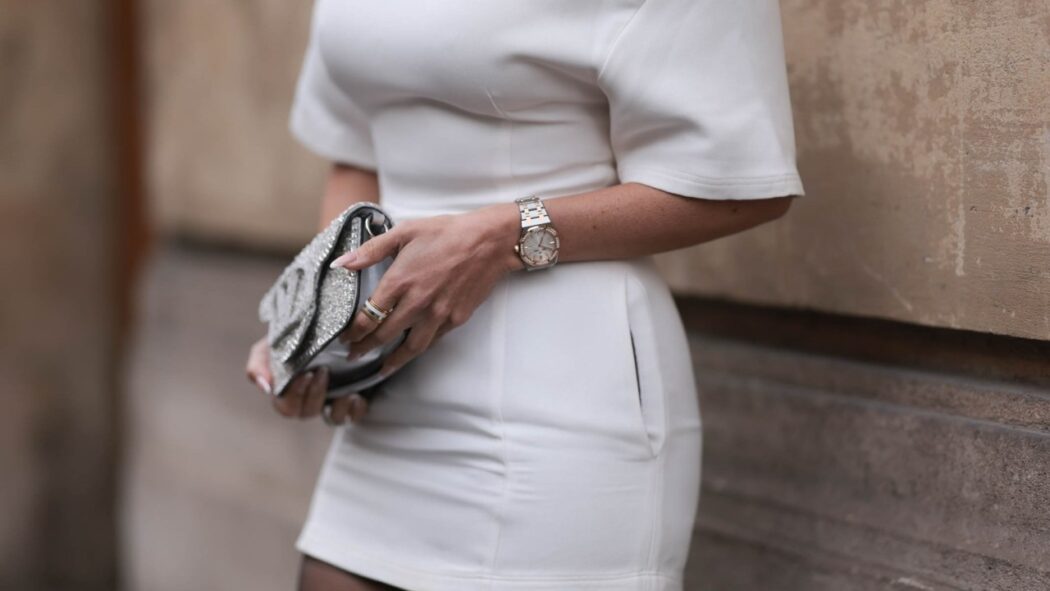
Yet, it’s important to recognize that these gendered perspectives are not mutually exclusive. Watches can be both functional tools and fashion accessories, embodying a blend of aesthetic and practical considerations.
Ultimately, the tension between these varied perspectives on watches, fashion, and gender serves little purpose. By embracing the diversity of viewpoints, we stand to gain a richer understanding of watches’ multifaceted roles in our lives.
